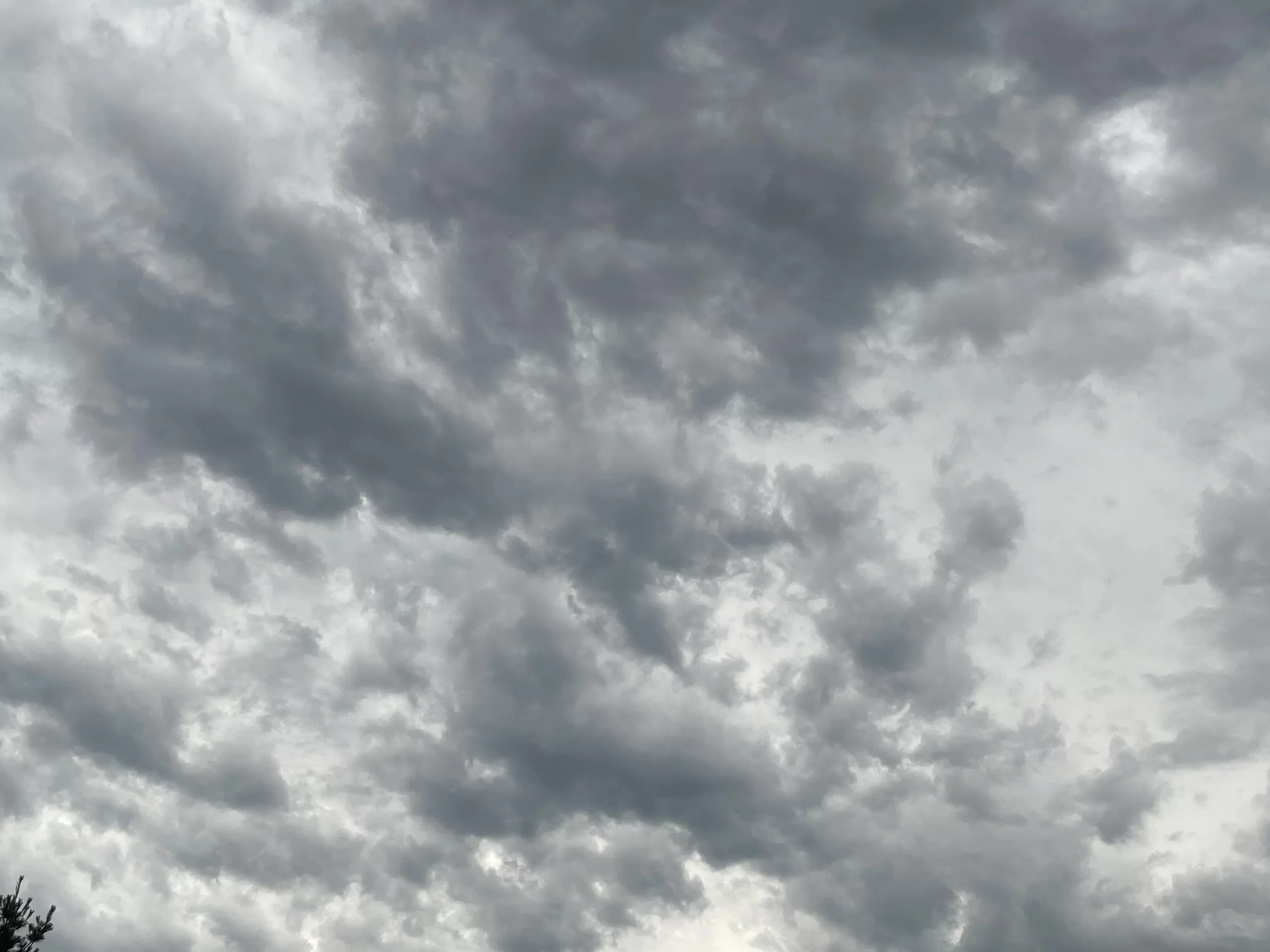The Influence of Barometric Pressure on Fishing Success

* This page contains affiliate links. The Great Lakes Fisherman may earn a commission on items purchased through these links. For more on this, please click here.
Fishing enthusiasts are well aware that success on the water isn’t just about the right bait or technique—it’s also influenced by various natural factors, including barometric pressure. Barometric pressure, also known as atmospheric pressure, refers to the weight of the air in the Earth’s atmosphere. It may seem unrelated to fishing at first glance, but understanding its effects can significantly enhance your chances of a fruitful fishing expedition.
What is Barometric Pressure?
Barometric pressure is crucial for weather forecasting and can fluctuate due to weather systems moving through an area. It’s measured in inches of mercury (inHg) or millibars (mb). High-pressure systems (often associated with fair weather) exert more force on the water’s surface, resulting in higher barometric readings. Conversely, low-pressure systems (typically associated with stormy weather) exert less force.
How Barometric Pressure Affects Fishing
Fish Behavior
Changes in barometric pressure can directly impact fish behavior. Many fish have swim bladders that allow them to adjust their buoyancy and maintain stability in the water. When the barometric pressure drops (indicating a low-pressure system or an approaching storm), fish may become more active and move towards shallower waters to feed. On the other hand, during high-pressure systems, fish might move deeper and be less active, making them harder to catch.
Feeding Patterns
Lower barometric pressure tends to stimulate fish feeding activity. This is why many anglers notice increased bites and catches before a storm arrives. The decreasing pressure signals to fish that conditions are suitable for feeding, prompting them to become more aggressive in their pursuit of prey.
Preferred Feeding Times
Experienced anglers often plan their outings around barometric trends. Fishing during decreasing or stable pressure periods can yield better results than during rising pressure periods when fish are less likely to be actively feeding.
Species-Specific Reactions
Different fish species may react differently to changes in barometric pressure. For example, some species like bass and trout may be more sensitive and responsive to these changes compared to others.
Tips for Fishing Based on Barometric Pressure
Monitor Weather Forecasts
Before heading out, check the barometric pressure trends in your area. Tools like weather apps or barometers can provide real-time data.
Adjust Fishing Techniques
During periods of low pressure, use techniques that attract fish to the surface or shallow areas. Experiment with different baits and presentations to match the fish’s increased activity levels. Topwater presentations can be a great choice in these conditions.
Be Flexible
Fish can be unpredictable, so while barometric pressure can provide insights, it’s not a guarantee of success. Adapt your strategies based on actual fishing conditions and the behavior you observe.
Conclusion
Understanding the impact of barometric pressure on fish behavior is a valuable tool for any angler. By paying attention to these natural cues, anglers can increase their chances of having a successful fishing trip. Whether you prefer freshwater or saltwater fishing, being aware of how barometric pressure influences fish can turn a good day on the water into an exceptional one. So, next time you plan a fishing adventure, consider checking the barometer—it might just make all the difference.
